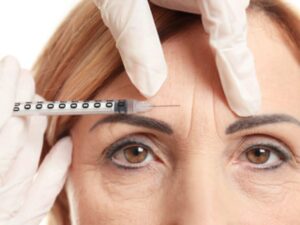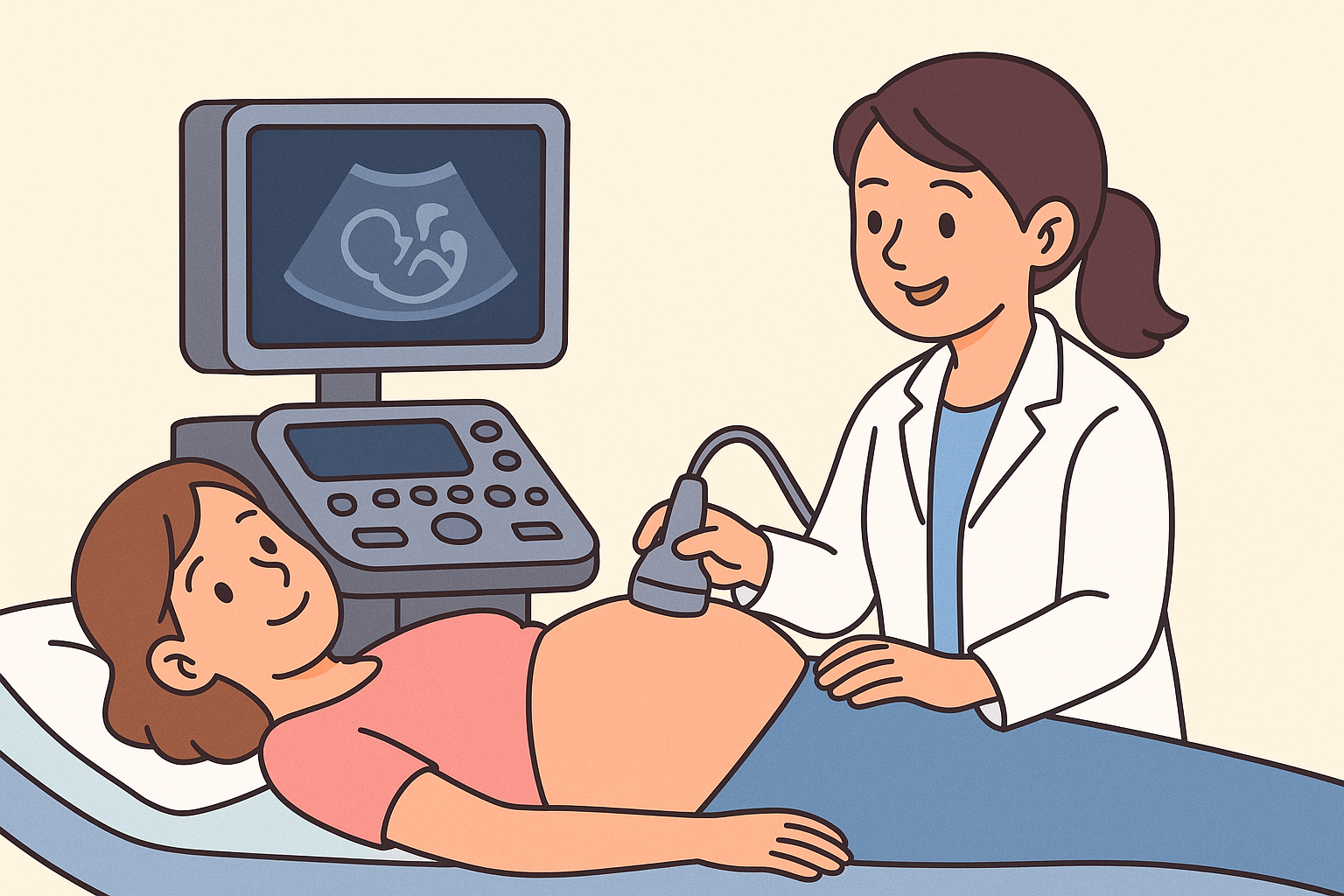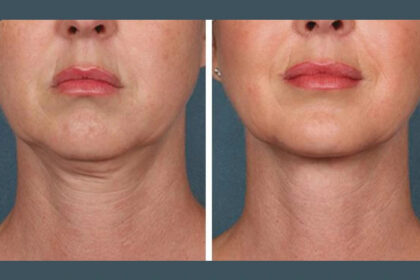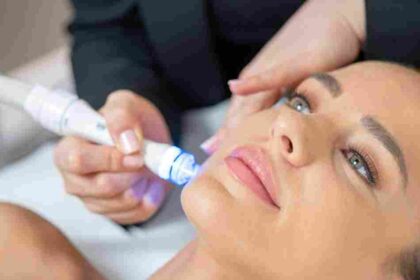Facial palsy often leads to an imbalance in muscle activity on either side of the face, causing asymmetry and difficulty with facial movements. Botox for facial palsy in Abu Dhabi has emerged as a highly effective treatment to manage and relieve the symptoms associated with this condition. By targeting specific muscles, Botox provides a minimally invasive solution that improves both the appearance and function of the face.
Mechanism of Action in Facial Palsy
Botox works by temporarily blocking the nerve signals responsible for muscle contractions. In facial palsy, some muscles become weak or paralyzed, while others on the opposite side may become overactive as they compensate for the loss of function. This imbalance can result in uneven facial expressions, difficulty closing the eye, or involuntary muscle movements. Botox injections reduce the overactivity of these muscles, allowing for a more balanced and symmetrical facial appearance.
Reducing Muscle Overactivity and Synkinesis
A significant challenge in facial palsy is synkinesis — unintended muscle movements caused by misdirected nerve regeneration. For example, patients might experience involuntary eye closure when smiling or eyebrow movement when speaking. Botox injections in Abu Dhabi are carefully administered to relax these hyperactive muscles, minimizing unwanted movements and improving voluntary facial control. This targeted approach helps patients regain natural expressions without the distraction of involuntary spasms.
Restoring Facial Symmetry
One of the most visible impacts of facial palsy is the lack of symmetry between the two sides of the face. Botox helps by weakening the muscles on the unaffected side that tend to overcompensate. By reducing this muscular dominance, the facial muscles work more evenly, restoring balance to facial expressions. Patients often report a significant improvement in their appearance, which positively affects their confidence and social interactions.

Enhancing Functional Movements
Beyond aesthetics, Botox aids in restoring essential facial functions. Difficulty with eye closure, smiling, or blinking can affect daily life and eye health. By selectively relaxing muscles that interfere with these movements, Botox enables smoother and more controlled facial motions. This can help prevent complications such as dryness or irritation of the eye and improve overall facial muscle coordination.
Integration with Rehabilitation Programs
In Abu Dhabi, Botox treatment for facial palsy is often combined with facial rehabilitation therapies. These therapies include physical exercises aimed at strengthening weakened muscles and retraining neural pathways. Botox enhances the effectiveness of these programs by creating an optimal muscle environment for recovery, reducing spasms and asymmetry that could hinder progress.
Patient-Centered Treatment Approach
The success of Botox in relieving facial palsy symptoms in Abu Dhabi is also attributed to personalized treatment plans. Each patient undergoes a thorough assessment to identify the muscles that require relaxation and those that need strengthening. The doses and injection sites are carefully tailored to individual needs, ensuring the best possible outcome with natural-looking results.
Summary
Botox offers a powerful, minimally invasive option for managing the complex symptoms of facial palsy. In Abu Dhabi, its use has revolutionized treatment approaches by focusing on muscle rebalancing, reduction of synkinesis, and restoration of both functional and aesthetic aspects of the face. This has brought renewed hope and improved quality of life to many patients facing the challenges of facial palsy.
Conclusion
Advanced Botox solutions have become a cornerstone in the management of facial palsy in Abu Dhabi, offering patients a non-invasive and effective means to restore facial symmetry and function. By precisely targeting overactive muscles and reducing involuntary movements such as synkinesis, Botox enhances both the physical appearance and emotional well-being of those affected. The integration of Botox with rehabilitation therapies, along with personalized treatment plans, ensures that patients receive care tailored to their unique needs. As medical technology continues to advance in Abu Dhabi, Botox treatments for facial palsy are likely to become even more refined, offering hope and improved quality of life to many individuals facing this challenging condition.
Frequently Asked Questions (FAQs)
What is facial palsy, and how does Botox help?
Facial palsy is the weakness or paralysis of facial muscles, often leading to asymmetry and impaired expressions. Botox helps by relaxing overactive muscles, balancing facial movements, and reducing involuntary spasms.
How soon can patients expect to see results after Botox treatment?
Most patients notice improvements within a few days, with full effects typically visible within two weeks after the injection.
Are Botox treatments for facial palsy permanent?
No, the effects of Botox are temporary and usually last between three to six months. Regular follow-up treatments help maintain the benefits.
Is Botox treatment painful?
Botox injections involve minimal discomfort, often described as a mild pinch. Most patients tolerate the procedure well without the need for anesthesia.
Can Botox be used alongside other therapies for facial palsy?
Yes, Botox is often combined with facial rehabilitation exercises and physical therapy to maximize recovery and improve muscle coordination.
Who is a good candidate for Botox treatment for facial palsy?
Candidates include individuals experiencing muscle overactivity or asymmetry due to facial palsy. A medical professional will assess suitability based on individual muscle function and condition.
How is Botox administered for facial palsy in Abu Dhabi?
Botox is injected directly into specific facial muscles by trained specialists, using precise techniques to target problem areas while preserving natural expressions.
Does Botox affect emotional expression?
When administered correctly, Botox improves the ability to express emotions by restoring muscle balance, helping patients regain natural facial movements.




